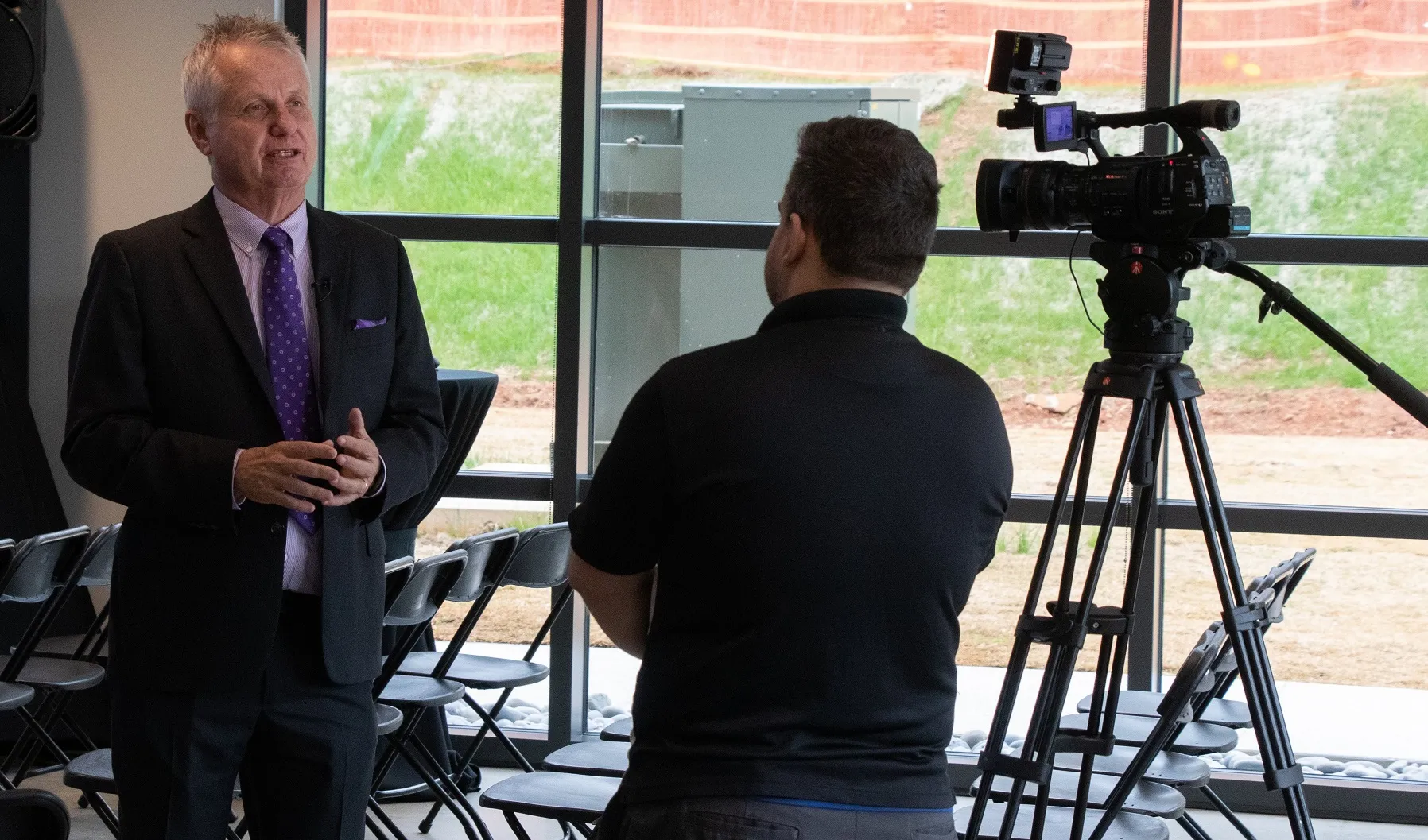
It has chosen Intertraffic to show its new Pixo system for the first time. Pixo, which stands for Parking Input x Output, is able to convert nearly all bi-directional, TCP/IP and RS485 protocols into whatever output protocol the car park owner wishes to operate, said Sensati’s CEO Ulrich Breimesser.
“You define the output protocol you want to process and you can use components from different third-party suppliers. It’s translated into the language you want to have.”
“If you have a parking guidance system and, on top of that you need something such as ground sensors to monitor weather conditions, they may be from different suppliers with a different language.”
Using Pixo to integrate the different systems will typically take two days, said Breimesser.
Sensati began life around five years ago as a displays and parking guidance system, but our very first customer wanted to have a very different component.” That got the Nürnberg-based company thinking about how it could tie together different systems.
As far as Breimesser knows, nobody else handles this type of integration work. Its stand at Interraffic has a display that can be integrated into third-party parking guidance systems via Pixo. Display settings and other functions are selected and edited remotely via web browser.










